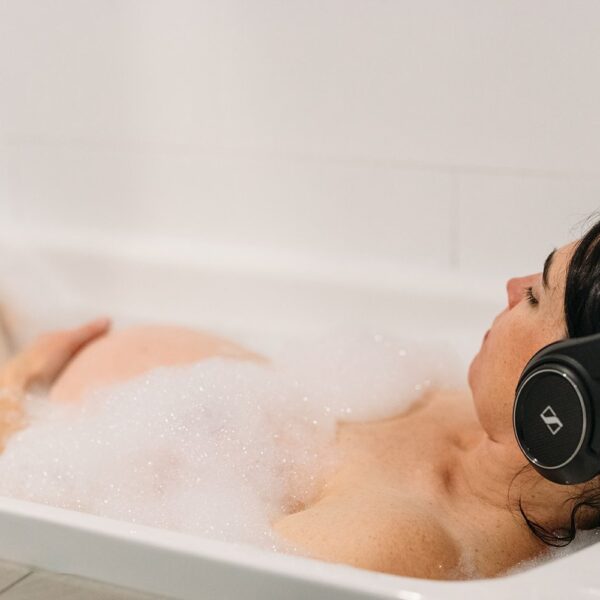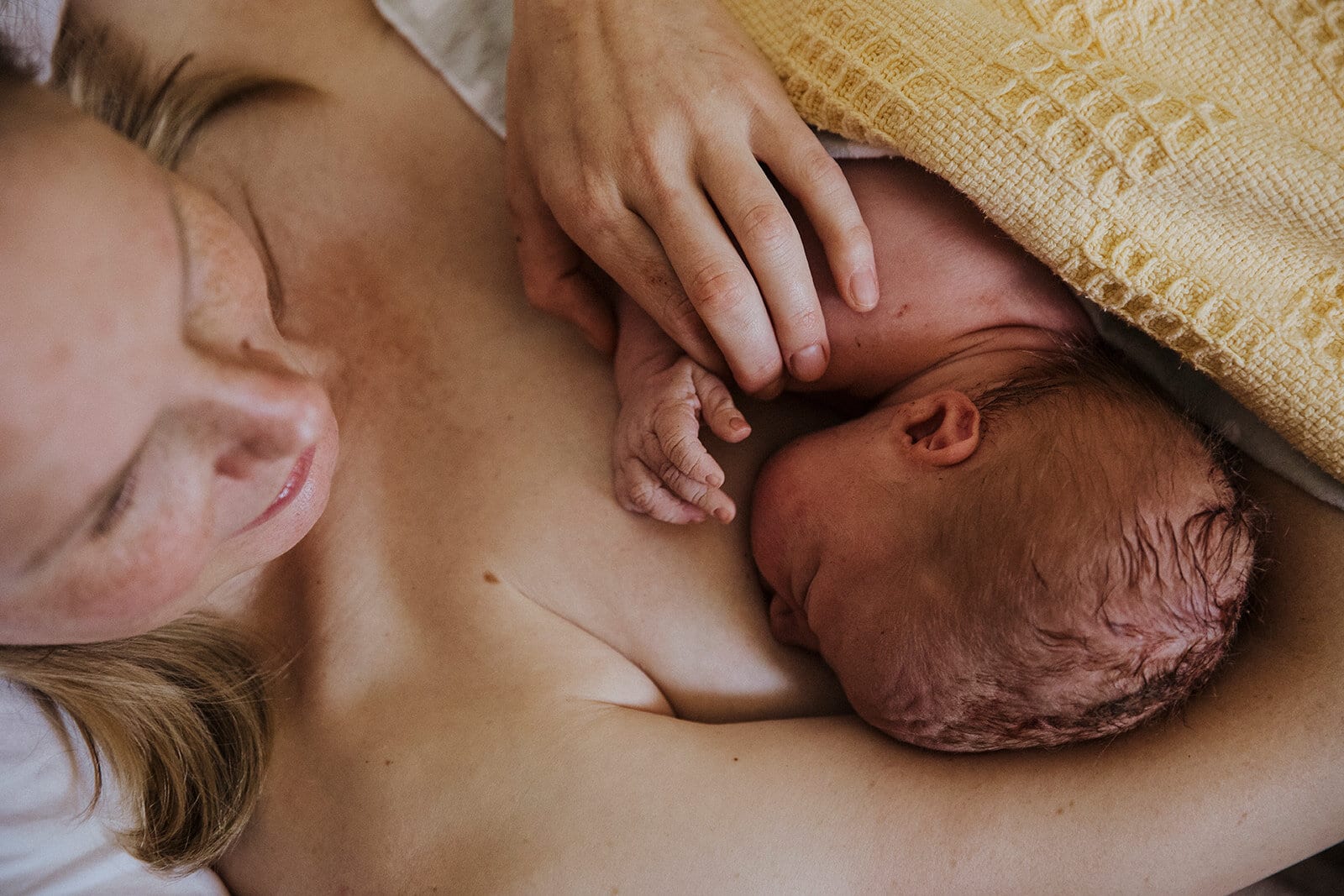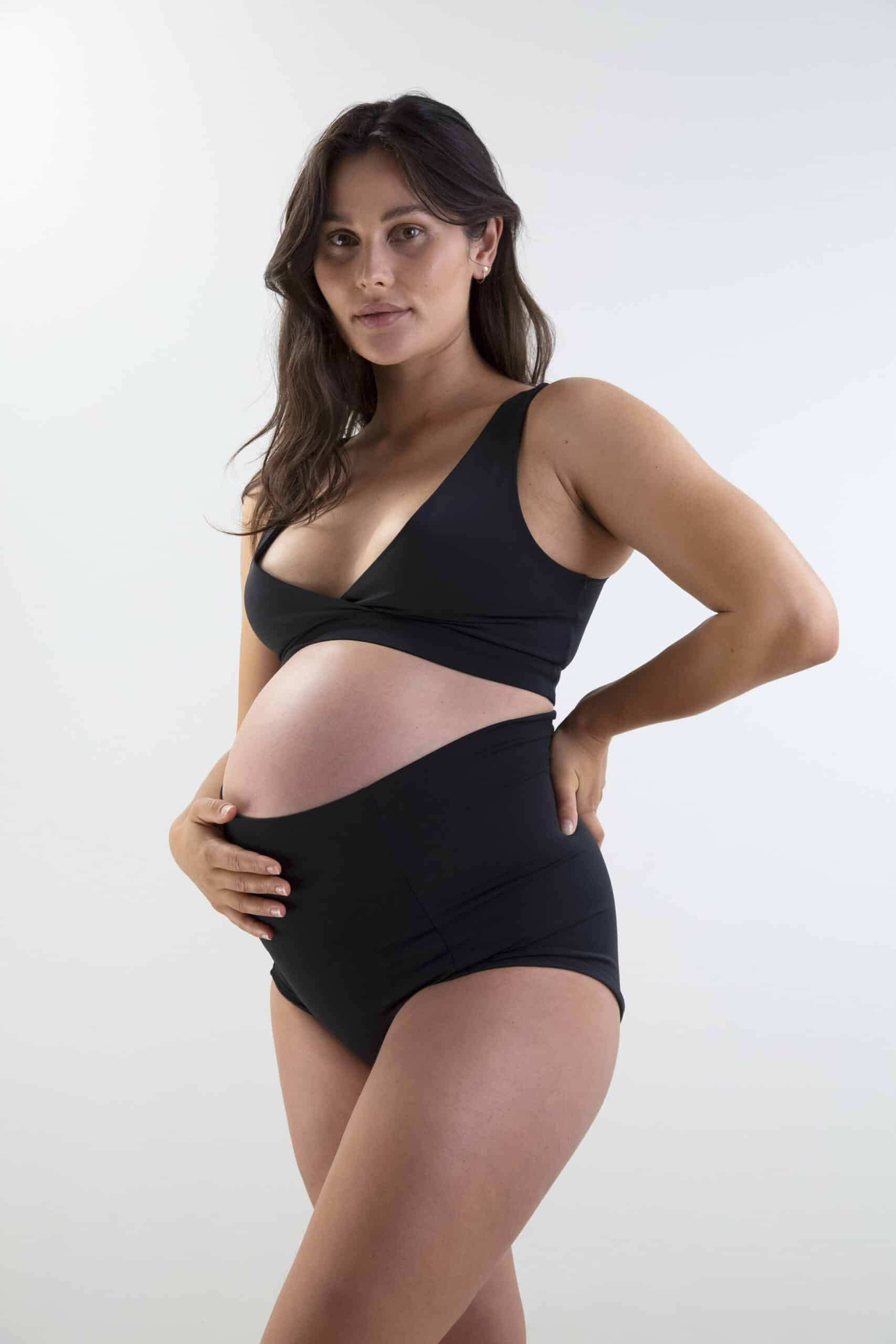Postpartum 5 Tips for Travelling With Kids
5 Tips for Travelling With Kids

Travel is a priority for my Australian/Fijian family. We try to get back to Fiji once a year so the boys can better understand and have a strong sense of pride in their cultural heritage. I’m also partial to a margarita by the pool.
I’m a light packer – I really only pack the essentials because there’s nothing worse than lugging heavy suitcases through airports while keeping an eye on three kids. Plus, when we go to Fiji, we live in our swimmers.
If you’re planning a family holiday, here’s my five realistic tips for a smooth and enjoyable family trip:
- Kids are still kids on holiday : no matter where you are, you still have the normal stress of family life which can sometimes be exacerbated by travel tiredness and lack of routine. I admit that on our first few family holidays, I was disappointed that everyone wasn’t constantly in ‘holiday mode’ but I eventually came to my senses. You really do have to embrace a ‘go with the flow’ attitude when you’re away from home and accept that you’ll have some fantastic experiences and just as many foul moods and tantrums.
- Pack medication and pain relief : I pack minimal clothes but a very thorough medical and toiletries case with everything we could possibly need. We may never use it but I prefer to know that it’s all there and I’m comforted knowing I won’t have to find a chemist in the middle of the night on a remote island (not going to happen). This is everything from sunscreen and insect bite remedies to panadol, nurofen, activated charcoal (for tummy upsets) and prescription medication.
- Plan a morning/afternoon of alone time – this is my way of ‘dividing and conquering’ because it means my husband and I get some guaranteed time to relax and do what we want within the broader family holiday. We make sure there’s at least three opportunities to do this every time we go overseas and it means I don’t feel completely exhausted when I return home. Of course, kids club is also great for kid-free time and if you’ve got the opportunity, I highly recommend inviting the grandparents on your holiday, too.
- Don’t go to ‘make memories’ – go to enjoy yourself : sometimes there’s so much pressure to have a good time and make long-lasting family memories that you don’t enjoy yourself because your expectations are so high. If I’ve learnt one thing from holiday mishaps, it’s that they always turn out to be good for a laugh and they’re often the things that prompt the fondest memories. Low expectations really does foster a realistic perspective and you’ll soon find that enjoyment is much more achievable.
- Remember : there’s no ‘family holiday’ rules – there’s no right or wrong way to do a family holiday, hence you don’t have to tick off a prescribed list for it to be ‘good’. Make your holiday your own, whether that’s camping or booking an airbnb or heading overseas for a resort-style getaway. I used to feel guilty for spending each afternoon in the air-con while the kids napped or watched shows but that’s what we all needed to feel rested and relaxed (even though it was very much what we did at home). Do holidays your way, that way you’re guaranteed to have a good time.
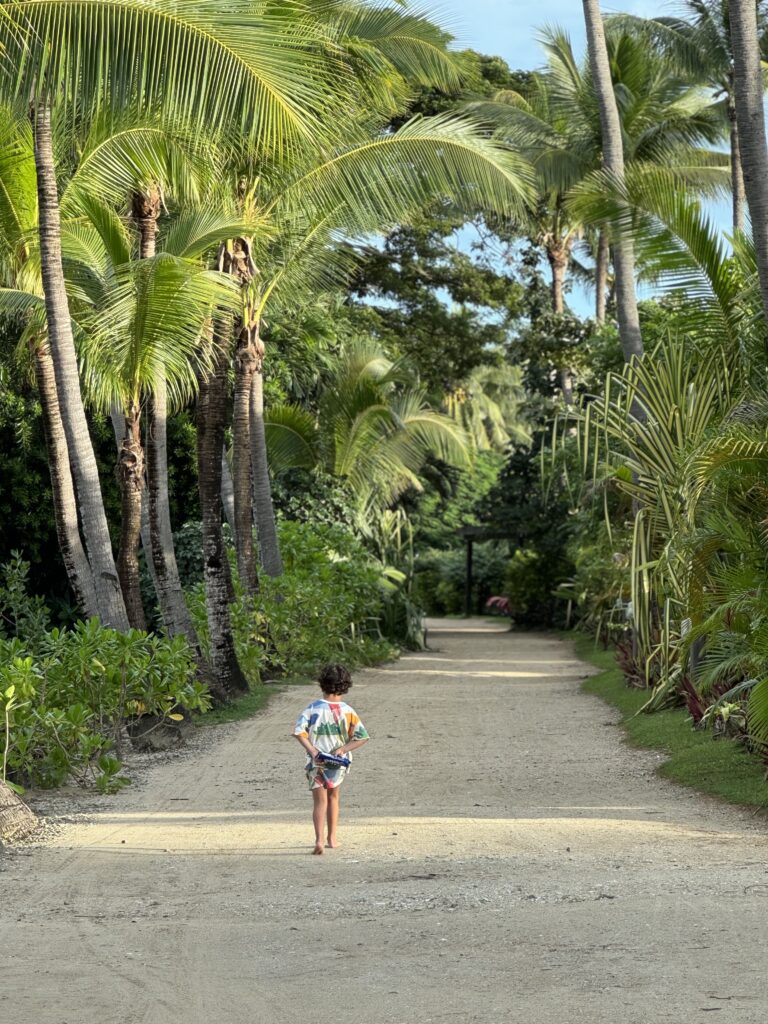
This blog is proudly brought to you by Once Upon.
I’m not sure about your kids but mine love looking at old photos of themselves. I recently made Ottie a photo book with the help of @onceuponapp It was so quick and easy to make I just selected photos in my phone and the @onceuponapp suggested the layout and offered lots of choices at the click of a button. I’ve ordered an extra copy to gift to my mum for Mother’s Day too.
You can document your memories in a beautiful book today.
Categories
Related Products
-
Birth Meditations
$49.00Narrated by Sophie Walker, these soothing and informative meditations help you feel supported and confident around birth.
Get your copy of our Perineal Massage Guide in your inbox
Keep Reading
We think you might enjoy these articles
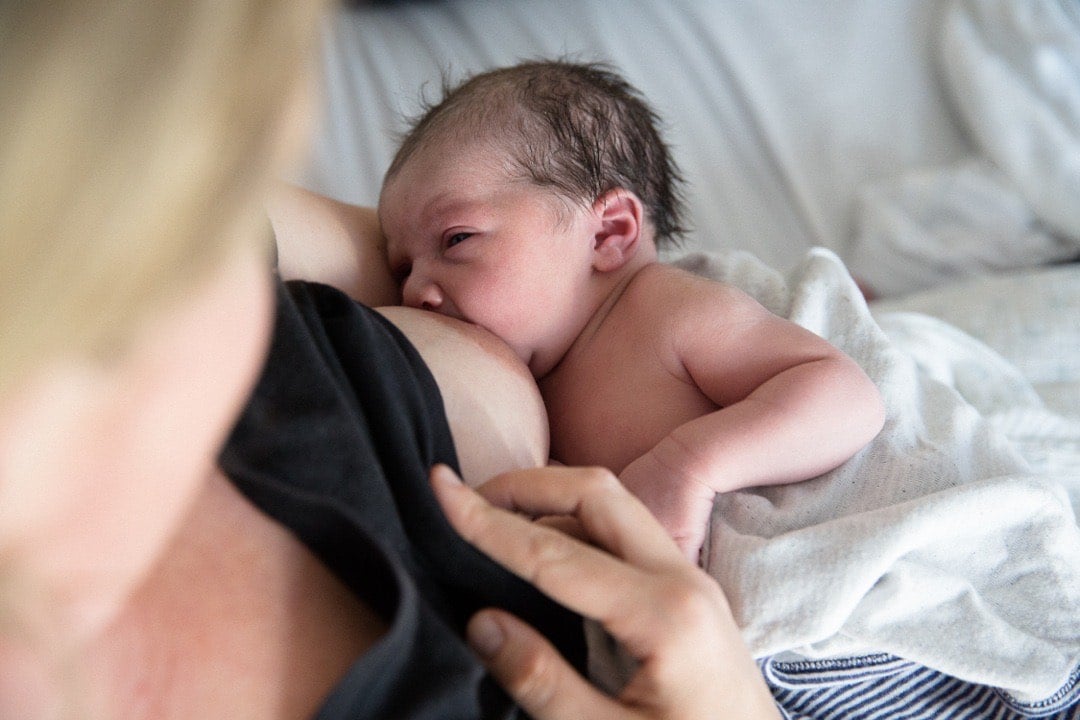
Breastfeeding: What to Expect in the First 72 Hours
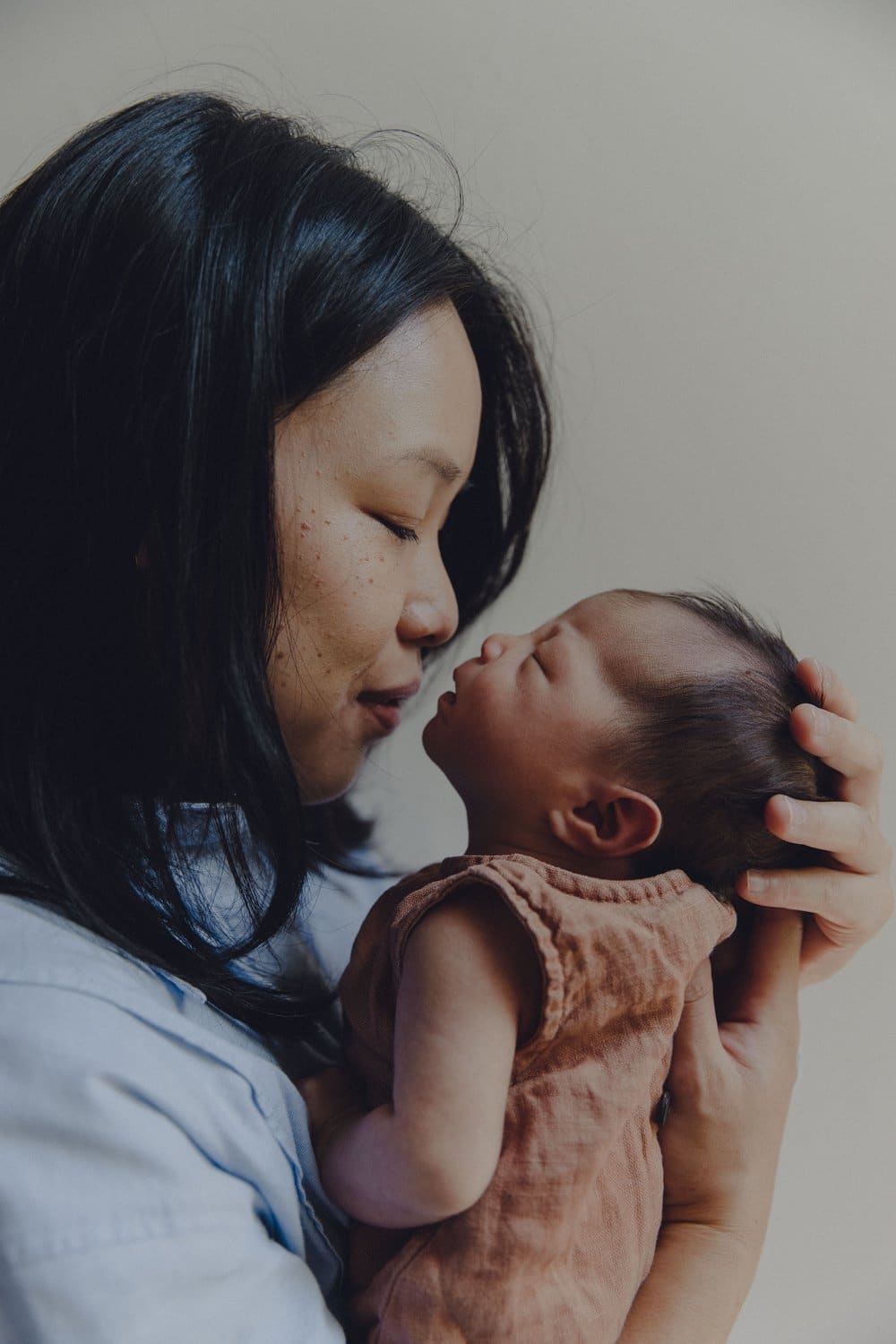
Why planning for postpartum is just as important as planning for birth – and how to do it right
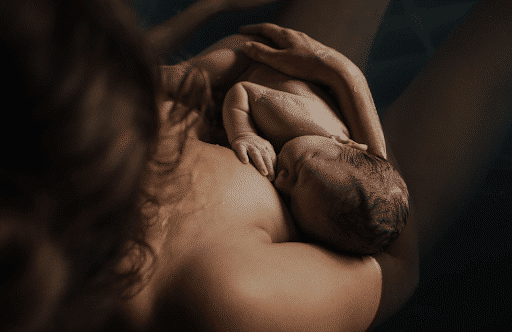
Cracked Nipples: Causes, Treatment and Prevention
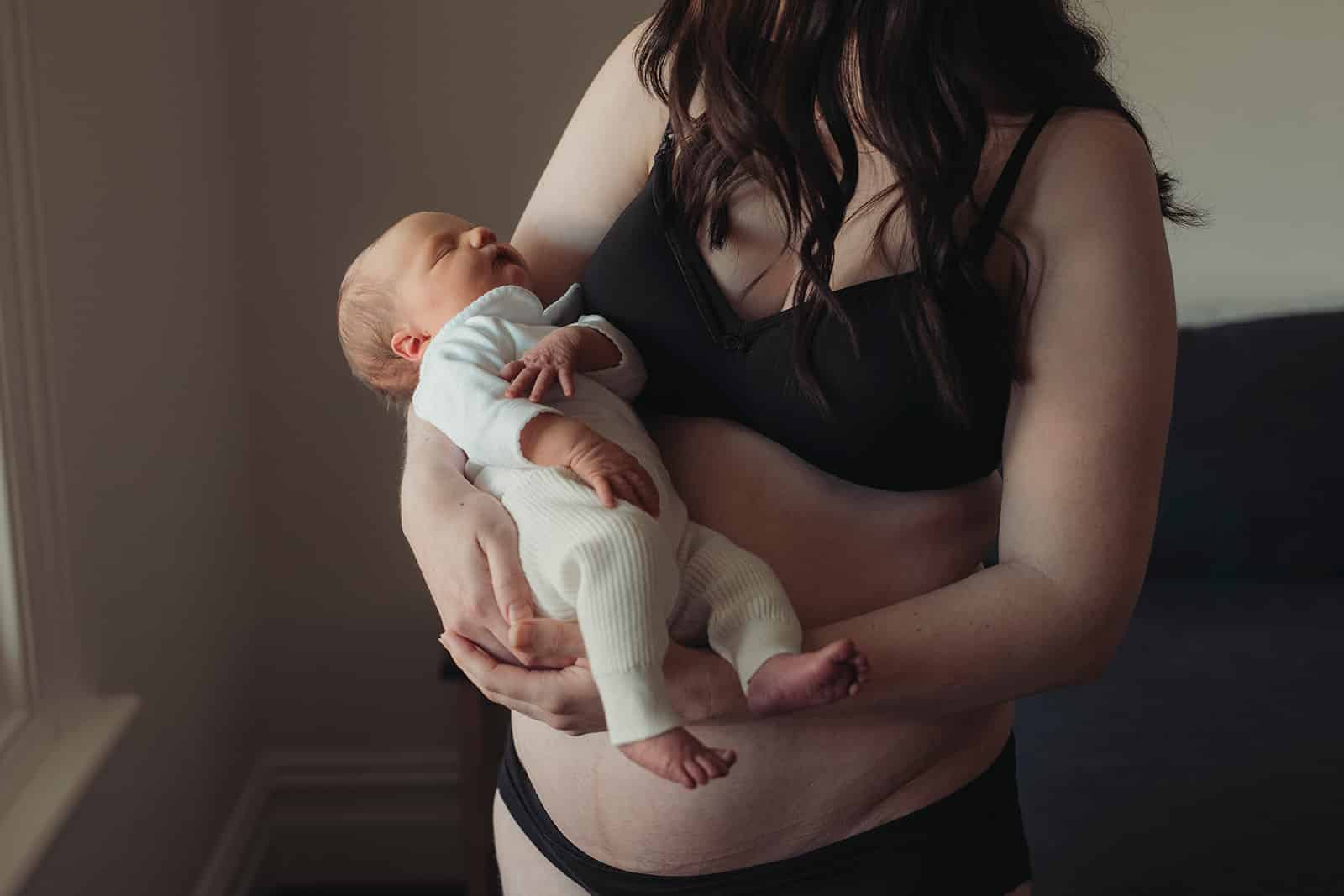
Caesarean Birth Recovery
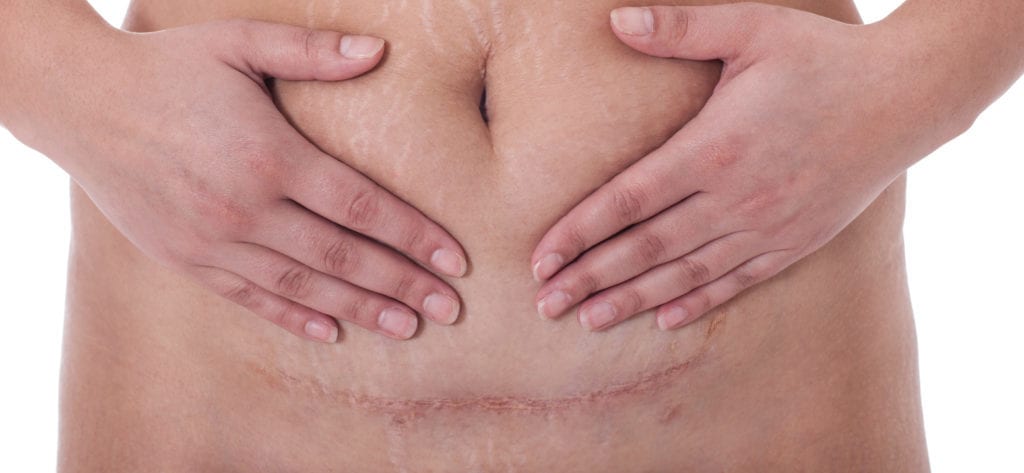
What is a C-Section Shelf?
@AustralianBirthStories
Follow along with us
@AustralianBirthStories
Follow along with us
@AustralianBirthStories
Follow along with us
@AustralianBirthStories
Follow along with us
@AustralianBirthStories
Follow along with us
@AustralianBirthStories
Follow along with us
@AustralianBirthStories
Follow along with us
@AustralianBirthStories
Follow along with us
@AustralianBirthStories
Follow along with us
@AustralianBirthStories
Follow along with us
@AustralianBirthStories
Follow along with us
@AustralianBirthStories
Follow along with us
